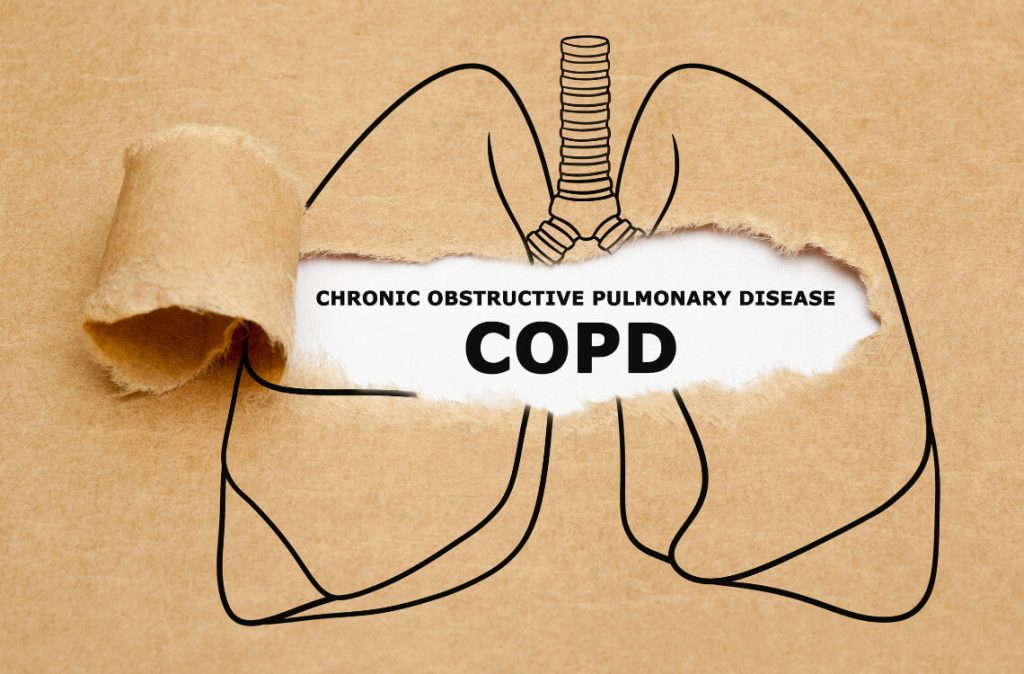Wheezing, hard to breathe, chronic cough, chest tightness, if your child is showing these symptoms, it could be Chronic Obstructive Pulmonary Disease (COPD).
But don’t panic just yet, parents.
First, let’s find out what COPD is.
COPD is a condition that makes it difficult for your child to breathe due to long-term damage that weakens or collapses the air sacs between the lungs.
Traditionally, COPD is only diagnosed in adults over the age of 40 who smoke extensively.
However, new research indicates that symptoms of COPD development can be detected at a younger age.
This is based on a study that discovers increased numbers of unhealthy lungs in children due to environmental factors such as indoor and outdoor pollution, as well as the effects of viral infection.
Children exposed to smoking parents during pregnancy or smoking guardians after birth are at increased risk of acquiring COPD later in life.
A study also found that childhood pneumonia increased the risk of COPD. Parents of asthmatic children should pay special attention because their children may grow up to acquire COPD.
There is, however, a distinction between asthma and COPD.
Asthma Vs COPD
These two are not to be mistaken as the same thing.
Asthma and chronic obstructive pulmonary disease (COPD) are both lung diseases. Both cause swelling in the airways which makes it hard to breathe.
Asthma is caused by swelling in the airways induced by allergies such as pollen or physical exertion, whereas COPD, which comprises lung disorders such as emphysema and chronic bronchitis, is caused by damaged alveoli (tiny sacs in the lungs or when the tubes are inflamed, usually caused by smoking).
Asthmatics typically improve over time as symptoms come and go, and your child may be symptom-free for an extended period of time. COPD, on the other hand, has continuous symptoms that usually worsen.
COPD and asthma can overlap in adults, which doctors refer to as ACO, but are not well understood in children.
Let’s Learn More About COPD in Children
With COPD, your children’s lungs produce more mucus than normal, blocking the airways.
The airways lose their elasticity and ability to stretch, and their walls thicken and inflame.
It can also cause damage to the parts of the lungs.
The signs you’ll see in your child if he or she is struggling with COPD is shortness of breath while performing physical activities, a chronic cough, as well as a lack of energy.
In the most severe stage, your child may experience sudden weight loss.
Children (and adults) with COPD are at a greater risk of acquiring heart disease, lung cancer, and other harmful illnesses, and the situation worsens over time.
Fortunately, COPD in children is manageable and treatable. Here are some suggestions for managing COPD in children:
1. Quit smoking
If you are a smoker and smoke around your children, it is best for you to quit smoking.
Being exposed to second-hand smoke causes various damages to your child’s lungs.
2. Provide clean air
As parents, you must want the best for your children.
One of the important things you can do is improve the air quality at home by keeping it clean from dust, chemical residue from cleaning products, and other elements that can pollute the air they breathe in.
3. Prepare a healthy diet
You want to make sure your child is getting all the nourishment they need through regular meals now that you still have control over what they eat daily.
You may help boost your child’s immune system and prevent diseases and disorders by providing adequate vitamins and balanced meals.
When To Seek Medical Attention
If you are still concerned about your child and the symptoms appear to be worsening, it is essential to seek medical attention.
Consult a doctor for a confirmed diagnosis and to monitor the treatments that your kid needs.
Do not put off getting treatment, and make sure you provide the doctor with as much information as possible, such as your child’s condition and how he or she breathes in the morning and at night.
If you happen to have a video recording of his/her shortness of breath, you can show that to the doctor as well.
The more information you can give, the more it helps.
Your child’s doctor will be able to best aid him or her as such.
May all our kids have good health always!
Disclaimer: The information provided in this article is for informational purposes only and should not be considered as medical advice from Motherhood. For any health-related concerns, it is advisable to consult with a qualified healthcare professional or medical practitioner.
For more insightful stories and fun recipes, stay tuned to Motherhood Story!
